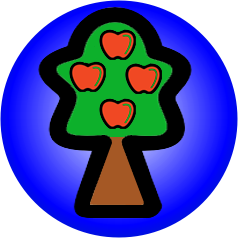|
|
|
|
|
|
|
|
|

|
Many parts of the Judas tree are used in traditional medicine for treating various ailments such as eye inflammations, to treat fungal infections and more.
Top |
|
|
 |
The Judas tree is a deciduous tree – it sheds its leaves before winter – and it blooms twice a year in Israel. The first time is before its leaves grow back in spring, and then its reddish-pink flowers can be seen from afar. The second time is in autumn before it sheds its leaves. This time the tree has fewer flowers and they are hidden by its foliage and is much less conspicuous. |
|
|
|
|
The flowers of the Judas tree are rich in nectar that attracts many insects, which serve as pollinators. The sweet flowers are used by the Arabs and Druze that live in northern Israel as a condiment.
Top |
|
|
|
 |
The Judas tree plays a prominent role in Christian tradition. After Judas betrayed Jesus to the Romans he was filled with remorse and hung himself from a tree. The tree originally had white flowers that turned red with shame. The real source of the name is probably from its French name Arbre de Judée meaning tree of Judea – where the Judas tree grows.
Top |
|
|
|
 |
Pictures |
